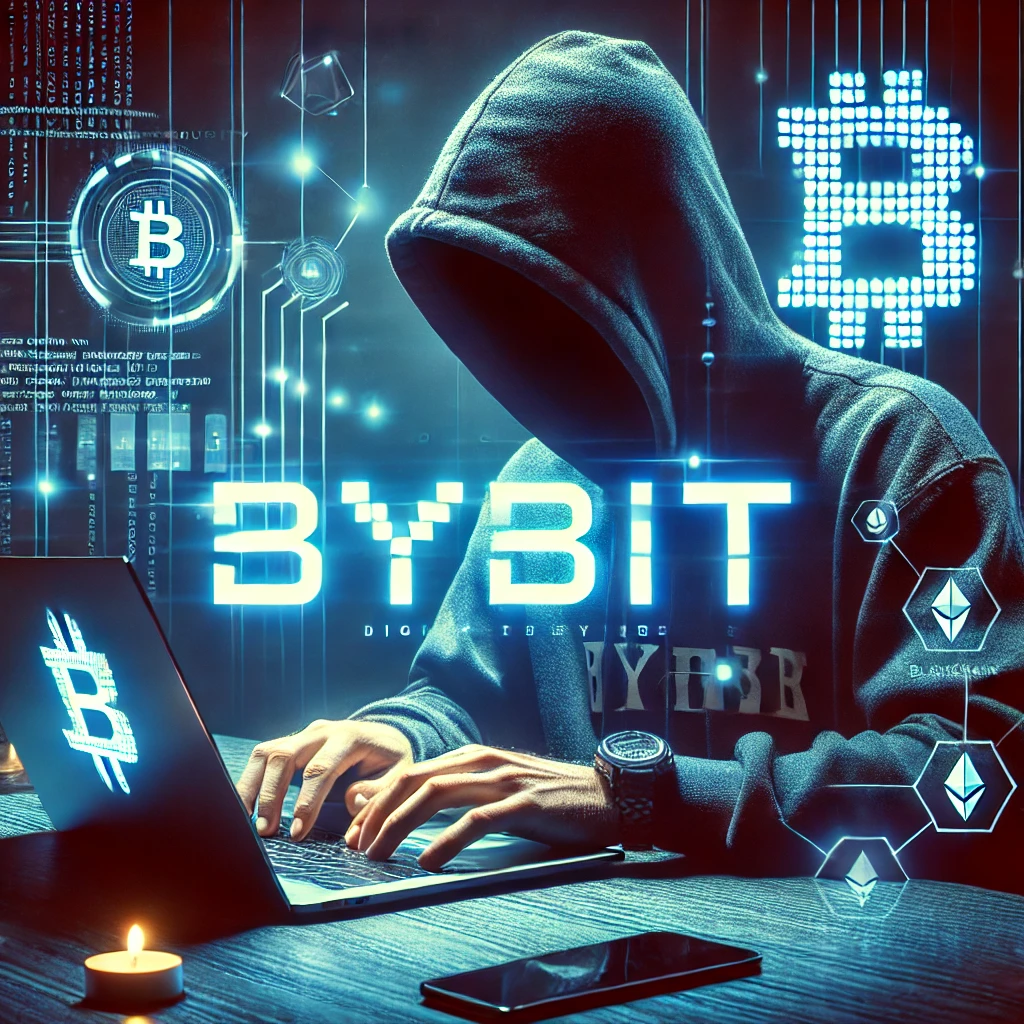The Growing Importance of API Security APIs are the foundation of modern digital ecosystems, enabling seamless integration between applications, services, and devices. However, their widespread adoption also makes them a prime target for cyberattacks. API vulnerabilities, ranging from broken authentication to injection attacks, expose organizations to data breaches, operational disruptions, and compliance violations. A recent study by Salt Security revealed that API attacks have increased by over 400% in the last two years, with 94% of organizations experiencing API-related security incidents. Given the rising dependence on APIs, organizations must adopt…
Read MoreAuthor: SECITHUB
The Critical Importance of Application Security | Addressing Emerging Threats
The Evolving Threat Landscape Recent developments in cybersecurity have underscored the growing risks associated with application security, as attackers continue to exploit vulnerabilities in enterprise applications, APIs, and cloud environments. With the proliferation of zero-day exploits and API-based attack vectors, organizations are facing an increasingly sophisticated threat landscape that demands proactive security measures. A recent study by Veracode revealed that over 76% of applications contain at least one security flaw, with nearly a quarter of them classified as high-severity vulnerabilities. These security gaps highlight the urgent need for enterprises to…
Read MoreChinese APT Exploits VPN Vulnerabilities to Target OT Organizations Worldwide
A New Cyber Threat Targeting OT Networks In a major cybersecurity alert, threat intelligence experts have discovered that a Chinese state-sponsored APT (Advanced Persistent Threat) group has been actively exploiting VPN vulnerabilities to infiltrate Operational Technology (OT) organizations worldwide. OT networks, which manage critical infrastructure like energy grids, water treatment facilities, and manufacturing plants, have become prime targets for nation-state attackers. The exploitation of unpatched VPN systems enables these threat actors to bypass traditional IT security controls, gaining direct access to sensitive industrial environments. This attack underscores the increasing risks…
Read MoreDevOps Security | Bridging the Gap Between Speed and Protection
The Growing Importance of DevOps Security As organizations embrace DevOps methodologies to enhance software development and deployment speed, security often lags behind. DevOps enables rapid innovation, but without proper security integration, it also introduces new attack vectors, misconfigurations, and compliance risks. A report by Gartner predicts that by 2025, 99% of cloud security failures will be the customer’s fault, often due to mismanaged DevOps pipelines. This highlights the urgent need for a DevSecOps approach—embedding security directly into the DevOps lifecycle rather than treating it as an afterthought. Why Traditional Security…
Read MoreShadow IT | How to Monitor and Control Unapproved Technologies in Your Organization
The Rise of Shadow IT and Its Security Implications In the era of cloud computing, remote work, and decentralized IT environments, Shadow IT has become an unavoidable challenge for enterprises. Employees and departments often deploy unauthorized applications, cloud services, and devices without IT approval, leading to increased security risks, compliance violations, and data exposure. A report by Gartner estimates that 30% to 40% of all IT spending in large enterprises occurs outside of IT’s direct control. This means that critical business applications, sensitive data, and third-party integrations are often unmonitored,…
Read MoreThe Rising Threat of Social Engineering in Cybersecurity
Cybercriminals are increasingly targeting human vulnerabilities rather than technological ones. Social engineering is a psychological manipulation technique used to deceive individuals into revealing sensitive information, granting unauthorized access, or executing fraudulent transactions. Unlike traditional cyberattacks that exploit software flaws, social engineering preys on trust, emotions, and human error, making it one of the most effective and dangerous attack vectors in modern cybersecurity. The Growing Impact of Social Engineering Attacks Social engineering accounts for 70% to 90% of cyberattacks, causing billions of dollars in damages each year. According to the 2024…
Read MoreThe Future of Hiring | Will Recruiters Prioritize AI Tool Proficiency
AI Skills Are No Longer Optional—They Are Becoming Essential The rapid evolution of artificial intelligence (AI) is reshaping industries, workflows, and job expectations worldwide. Once considered an emerging trend, AI-powered tools like ChatGPT, Claude, Gemini, Midjourney, and Canva are now widely used in everyday business operations. But this raises a critical question:Will recruiters soon expect AI proficiency as a core job skill—just like Microsoft Excel, CRM systems, or Google Suite? As organizations increasingly integrate AI into their sales, marketing, customer service, and business operations, candidates who can demonstrate AI proficiency…
Read MoreThe Largest Crypto Heist Ever | Bybit Breach Leads to a $1.5 Billion Theft
The Rise of Sophisticated Cyber Attacks in the Crypto Space The cryptocurrency market has long been a prime target for cybercriminals. The decentralized nature of blockchain, the high-value assets at stake, and the evolving attack vectors make exchanges a lucrative opportunity for hackers. In what could be the largest cryptocurrency heist in history, Dubai-based crypto exchange Bybit confirmed a devastating security breach, resulting in the theft of approximately $1.5 billion in Ethereum (ETH). This incident surpasses previous record-breaking breaches in the industry and highlights significant security gaps in crypto exchange…
Read MoreSecuring the Remote Workforce | Strategies for Protecting Distributed Environments
The Security Challenges of Remote Work The shift toward remote work has transformed how organizations operate, but it has also introduced significant cybersecurity challenges. Employees accessing corporate resources from home, public Wi-Fi, or personal devices create expanded attack surfaces, increasing the risks of phishing attacks, endpoint compromise, data exfiltration, and unauthorized access. Cybercriminals are capitalizing on weak authentication mechanisms, insecure home networks, and misconfigured remote access policies to exploit vulnerabilities in organizations that lack a structured security framework. Without proper safeguards, remote employees can become the weakest link in an…
Read MoreUnderstanding Transaction Fraud | Challenges, Risks, and Security Strategies
The Growing Threat of Transaction Fraud In an increasingly digital world, where financial transactions occur at the speed of light, transaction fraud has become one of the most persistent threats facing businesses, financial institutions, and consumers alike. As digital payment systems, e-commerce platforms, and financial technologies (fintech) continue to evolve, so too do the methods used by cybercriminals to exploit vulnerabilities. Fraudulent transactions take many forms, from stolen credit card details and account takeovers to synthetic identity fraud and AI-powered phishing schemes. Cybercriminals continuously develop sophisticated techniques to bypass traditional…
Read More








